- Joined
- Sep 18, 2017
- Messages
- 5,603
- Reaction score
- 3,449
Follow along with the video below to see how to install our site as a web app on your home screen.
Note: This feature may not be available in some browsers.
Lol.Tank with candle holders

Actually mine has both..Lol.
These are highly likely flower pots. They had to hide their hardware and tubing somehow

What lighting technology are the HUE bulbs?I have HUE lights all through my house and when they automatically turn on I have them set to blues and purples and my coral react to those lights 100%.
Is it this one?I found this PAR lamp on Amazon. Waiting to see how long it last on my refugium/sump. The coral in the back started as a 1" disc dropped by a Welsophyllia. It has grown outward, just waiting for it to grow upward. Friend gave me the torch.


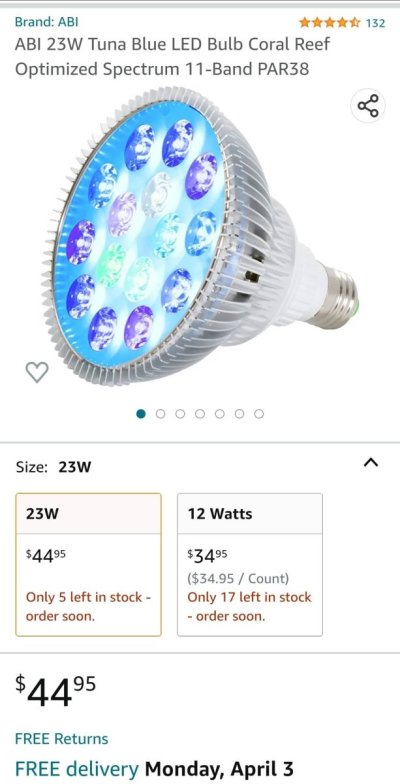
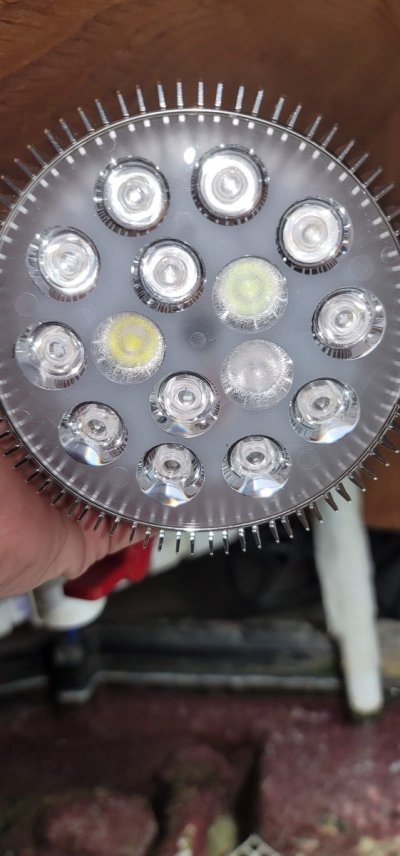
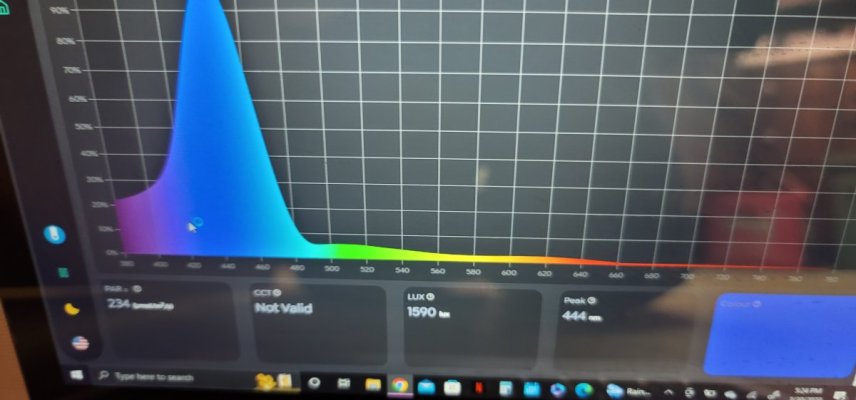
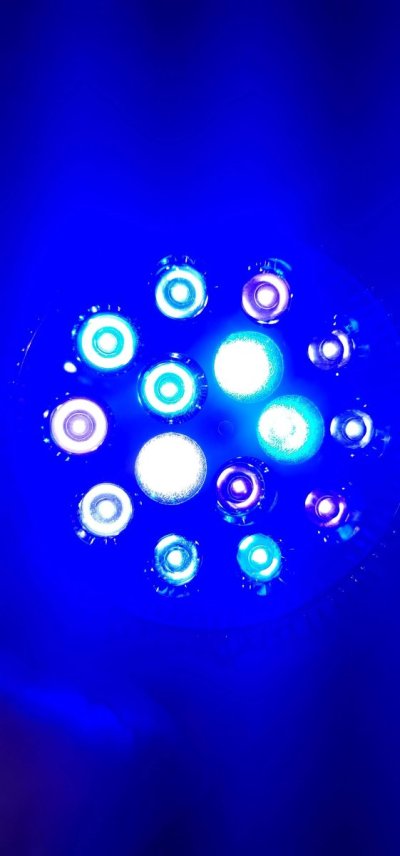
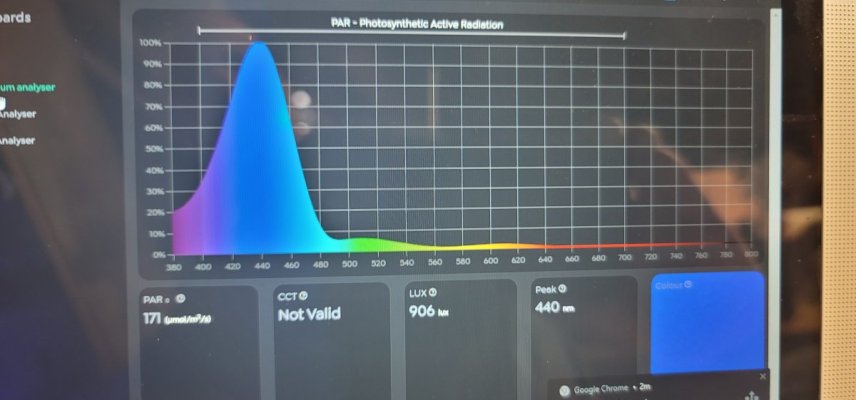
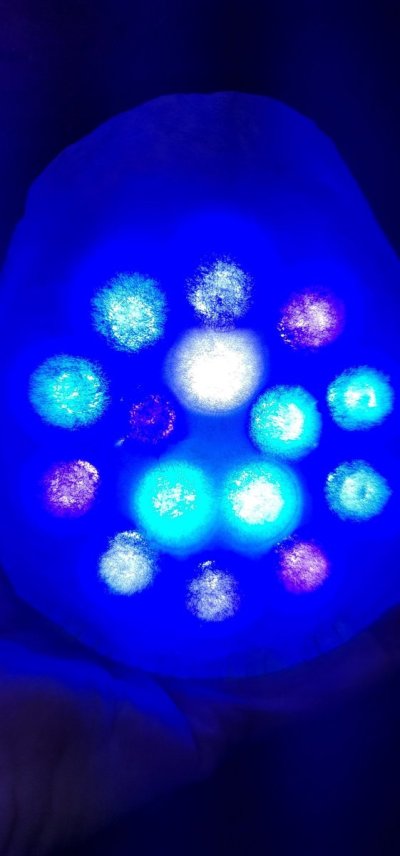
The tank (seemingly??) has been reinforced with a new tank inside - probably custom - there is obvious silicone (not available during this time. For sure a cool thingGotta love those old aquariums .

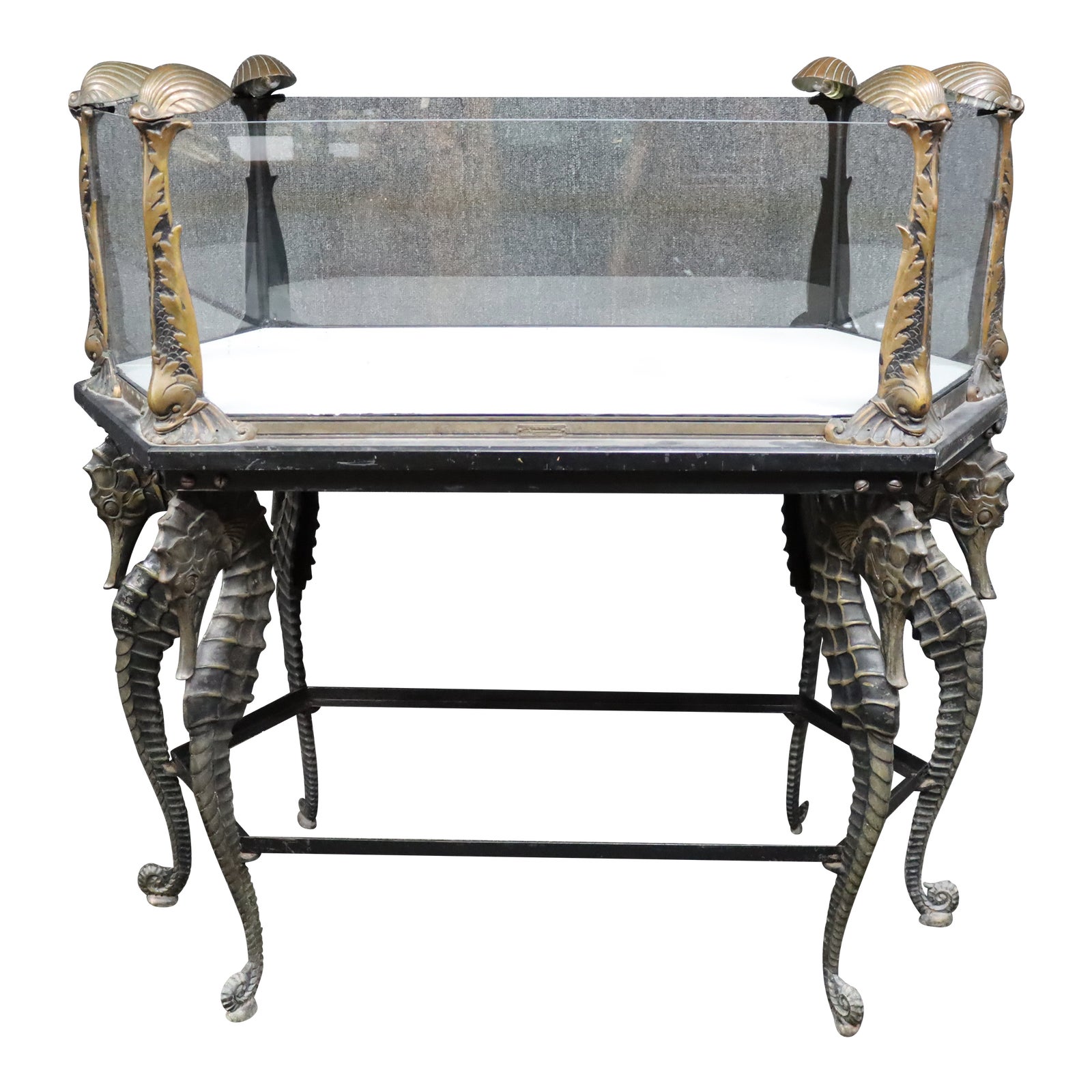
Jewel Aquarium Co. Bronze Seahorse, Dolphin & Clam Aquarium
Jewel Aquarium Co.-Chicago, circa 1920 Figural aquarium with decorative seahorse legs, four dolphin tails terminating with clam shell sconces/nautilus lights, all in solid bronze. The stretcher frame and table frame are wrought iron. Glass walls and white porcelain base.www.chairish.com
Rare Fiske Aquarium on Stand Signed and Dated at 1stDibs | antique aquarium stand, vintage aquarium stand, vintage fish tank stand
View this item and discover similar for sale at 1stDibs - In two parts, this very rare piece is exceptional in all respects. All original paint; perfect condition; exuberant acanthus leaf decoration to the stand;www.1stdibs.com

I wasn't ending...just enjoying the opportunity to give input.See @Daniel@R2R - you were about to end the thread - and look at the positive information
As a side note.. not too long ago lights like this had a very poor track record as to longevity. Not the diodes but all the electronics behind them that gets cooked by the heat. I'd consider them disposable until proven otherwise.That is the exact one
That's the cooling issue I mentioned. If the heatsink is any hotter than "still comfortable to touch" it's too hot for the diodes and electronics.As a side note.. not too long ago lights like this had a very poor track record as to longevity. Not the diodes but all the electronics behind them that gets cooked by the heat. I'd consider them disposable until proven otherwise.
Pretend its a mh bulb.. sorry couldn't resist.
My thoughts on this is probably mostly due to the LEDs boards and power supplies are diminishing due to heat. Fans cool a little but probably not enough. The one thing at least in my home the house stays far cooler in the summer with LEDs. But thinking about this heat I might try to get a new set and figure out a good way to cool them maybe a CPU cooler.Many enthusiasts have long favored LEDs over T5s, citing the belief that while T5 bulbs require annual replacement, LEDs will remain robust for over a decade. But where did this enduring myth about the infinite lifespan of LEDs originate?
Prominent manufacturers such as Kessil highlight a life expectancy of 35,000 hours for their lights, which translates to around 5-7 years for the average user. Similarly, Philips' coral care lights advertise 25,000 hours at full light output, amounting to just 2.5 years or up to 5 years if operated for 12 hours daily.
Considering the quality reputation of these brands, one might infer that other less renowned brands might offer even shorter lifespans. A notable observation from a forum memeber mentioned that the Red Sea ReefLed 90, which originally emitted 800 par directly underneath when new, declined to 600 par after just two years.
Moreover, there have been accounts of hobbyists who, upon integrating a second identical LED unit, observed noticeable discrepancies in brightness even with identical settings.
This evidence suggests that LEDs, akin to traditional bulbs, experience degradation over time, with shifts in spectral output mirroring that of bulbs and tubes. Contrary to popular belief, studies by BRS have shown that T5 tubes can function effectively for more than 18 months before requiring replacement. Furthermore, they offer superior light spread compared to other sources. This accentuates the argument that LED fixtures dont really provide value for their cost. If one were to compare, they'd only need three sets of T5 bulb replacements over the lifespan of an average LED fixture and would likely achieve superior results, especially with specific corals like sps.
I don’t agree with that assessment.That's the cooling issue I mentioned. If the heatsink is any hotter than "still comfortable to touch" it's too hot for the diodes and electronics.
I guess I should elaborate:That's the cooling issue I mentioned. If the heatsink is any hotter than "still comfortable to touch" it's too hot for the diodes and electronics.

Well then. I didn't include units because some americans get angry seeing metric. But you allowed itI guess I should elaborate:
Pain threshold in the average human hand is around 110° F for reasonably short contact.
It is recognized that prolonged contact (25 or more minutes) at 109° F can cause skin damage (burns).
The common "safe" recognized 5 second touch temperature (hand), where permanent damage does not occur to skin is 140°. Note that contact longer than 5 seconds can (will) cause damage.
Different LEDs will have different recommended safe and maximum junction temperatures, but most max out at 150° C (302° F). Most manufacturers recommend driving thermal management to keep junction temperatures between 60° C and 80° C. That is 140° F to 175° F - way too hot to touch. Assume that most reasonable designs will hit 75° C at 100% output.
It is easy to understand why a heatsink may be effective at maintaining that junction temperature, but still be too hot to touch.
If you want to get into the math, feel free (I have absolutely no desire)
Also in reference to this thread ... If anybody wants to check out CREE data on L80, L90, etc lifetimes vs junction temperature for ANY of their chips...
Other OEMS will have similar data and results.
Sure looks to me like you can drive the snot out of most of them to 105° C and still get 41K hours (over 11 years) before crossing the L90 threshold. So now consider that you are not not likely running your fixture at a junction temp of 105° C for 10 hours a day... Drop that to 75° C and you get 45K hours, etc.
But but but... Tullio said...
My preferred American measurementamericans get angry seeing metric. But you allowed it
Comfortable warm means hot tub for me. Touching such a heatsink won't feel uncomfortable for anyone I hope. Anything hotter than medium rare steak though is actually too hot already for aluminum heatsinks,
